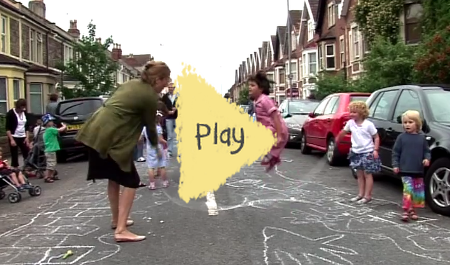Bozzola E, Spina G, Agostiniani R, Barni S, Russo R, Scarpato E, Di Mauro A, Di Stefano AV, Caruso C, Corsello G, Staiano A. The Use of Social Media in Children and Adolescents: Scoping Review on the Potential Risks. Int J Environ Res Public Health. 2022 Aug 12;19(16):9960.
Social media is increasingly being used by children and adolescents, especially during COVID-19 pandemic and the health emergency. Although social media use demonstrated to be of utility, an excessive or non-correct use may be a risk factor for mental health, including depression, anxiety, and addiction.
Social media use may also correlate to a non-adequate nutrition with consumption of junk food marketing leading to weight gain, obesity, dental caries, and unhealthy eating behaviors. Associations have been found also with increasing physical problems due to sedentary lifestyle, obesity, and non-physiological postures. On the other hand, social media can cause problems with body image visualization and acceptance, especially inyoung adolescent girls with lower self-esteem, who may look for contents for losing weight rapidly, and this can help the extension of anorexia disorders.
Children and adolescents who use social media for many hours a day, are also at higher risk for behavioral problems, cyberbullying, online grooming, sleep difficulties, eye problems, (such as myopia, eye fatigue, dryness, blurry vision, irritation, burning sensation, conjunctival injection, ocular redness, and dry eye disease), and headache. Moreover, uncontrolled social media use, can lead to sexting, exposure to pornography, exposed to unwanted sexual material online, and early sexual activity. Social media users meet more online risks than their peers do, with an increased risk for those who are more digitally competence.
Public and medical awareness must rise over this topic and new prevention measures must be found, starting with health practitioners, caregivers, and websites/application developers. Families should be educating on the dangers and concerns of having children and adolescence online. Prerequisite to inform families how to handle social media is to educate those responsible for training, including health practitioners.
In detail, pediatricians should be reminded to screen for media exposure (amount and content) during periodic check-up visits. They need to keep in mind a potential correlation of problematic social media use with depression, obesity and unhealthy eating behavior, psychological problems, sleep disorder, addiction, anxiety, sex related problem, behavioral problem, body image, physical inactivity, online grooming, sight compromising, headache, and dental caries.
Pediatricians can also counsel parents to guide children to appropriate content by consulting ratings, reviews, plot descriptions, and by a previous screening of the material. They should inform parents about the potential risk of digital commerce to facilitate junk food, poor nutrition and sweetened aliments, facilitating overweight and obesity. On the contrary, a healthy diet, adequate physical activity and sleep need to be recommended.
Pediatricians may also play a role in preventing cyberbullying by educating both adolescent and families on appropriate online behaviors and on privacy respect. They should also promote a faceto-face communication and to limit online communication by social media. Pediatricians may encourage parents to develop rules and strategies about media device and social media use at home as well as in every day’s life.









